Unattended Honing On A Vertical Chucker
An air-gage-monitored honing system added to an inverted vertical spindle chucking lathe allows unattended turning, boring and honing on one machine for greater process flexibility.
Aluminum engine cylinder sleeves require a honing operation that not only finishes their IDs to size, but also imparts a cross-hatch honing pattern onto their inner walls. This X-shaped cross-hatch pattern (which helps piston rings seat properly during new engine break-in) is created as a multiple-stone, rotating honing mandrel moves axially back and forth along the sleeve’s center line.
Though this operation has traditionally been performed on dedicated honing machines, there have been recent efforts to increase the overall flexibility of the honing process. One example is the development of honing mandrels with an ISO-tapered toolholder to allow use on CNC milling machines. The honing tool can be stowed in the machine’s carousel as any other tool would be, and it can be loaded in the spindle when a honing operation is required. Both milling and honing can then be performed in one setup on one machine.
Similarly, Index Corporation has teamed with Bates Technologies (Fishers, Indiana) to integrate a stationary, air-gage-monitored honing system with an inverted vertical spindle chucking lathe to allow unattended turning, boring and honing on one machine. Index’s VerticalLine V250 vertical inverted spindle chucker, said to be the first chucker to offer such honing capability, was shown at a recent technology event held at the company’s U.S. headquarters in Noblesville, Indiana.
The inverted vertical spindle design allows the chuck to serve as the machine’s loading system by picking an awaiting workpiece up to 12 inches in diameter (typically presented to the machine on a conveyor) and transferring it to the machining zone. The spindle then rotates, positions and feeds the part for each machining operation. The stationary turning, boring and honing tools are fixed to the bed of the machine and engage the moving part from below. Vertically oriented tools will not experience tool “droop” that can occur with tools that cantilever out of a horizontal spindle. Fixed vertical tooling is also said to provide rigidity and allow repeatable tool center line positioning.
The honing mandrel contains an automatic air gage that continuously monitors bore ID during honing. Once the desired ID is reached, the honing tool retracts the honing stones to allow the spindle to raise the finished part and deliver it to an unload conveyor.
Because the spindle’s Z- and C-axis motion is controlled via CNC, its traverse rate can be altered to generate different cross-hatch pattern angles. This is important for shops serving multiple automakers, because each company may have its own specific cross-hatch angle specifications.
Related Content
-
Inside an Amish-Owned Family Machine Shop
Modern Machine Shop took an exclusive behind-the-scenes tour of an Amish-owned machine shop, where advanced machining technologies work alongside old-world traditions.
-
Threading On A Lathe
The right choices in tooling and technique can optimize the thread turning process.
-
CNC Machine Shop Honored for Automation, Machine Monitoring
From cobots to machine monitoring, this Top Shop honoree shows that machining technology is about more than the machine tool.

.jpg;width=70;height=70;mode=crop)
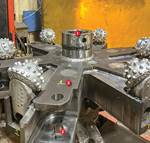


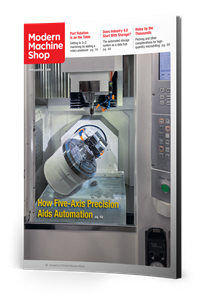

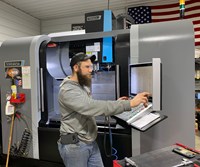
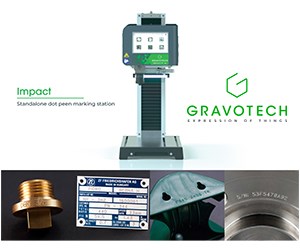
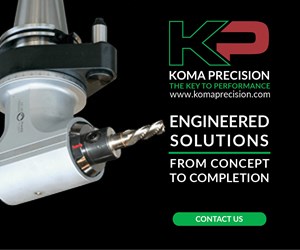


.png;maxWidth=300;quality=90)



